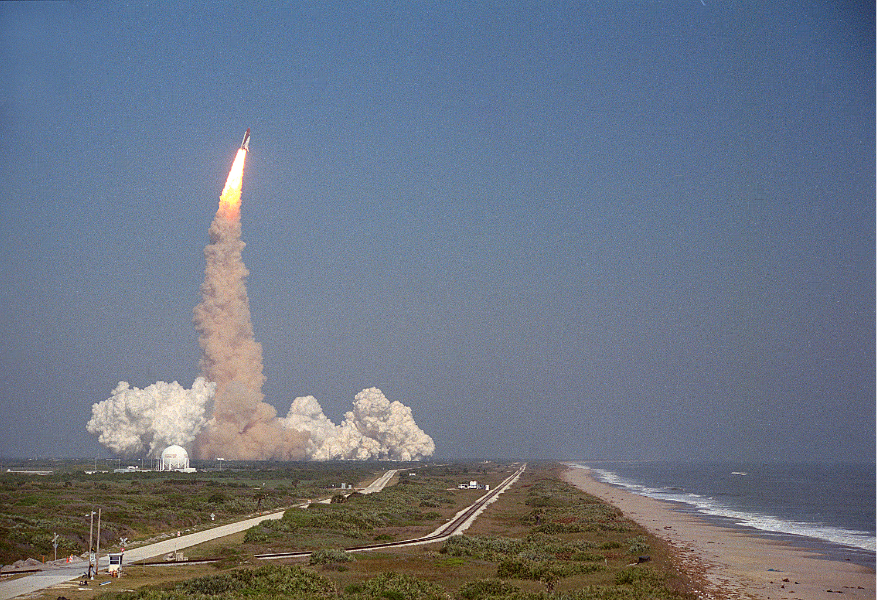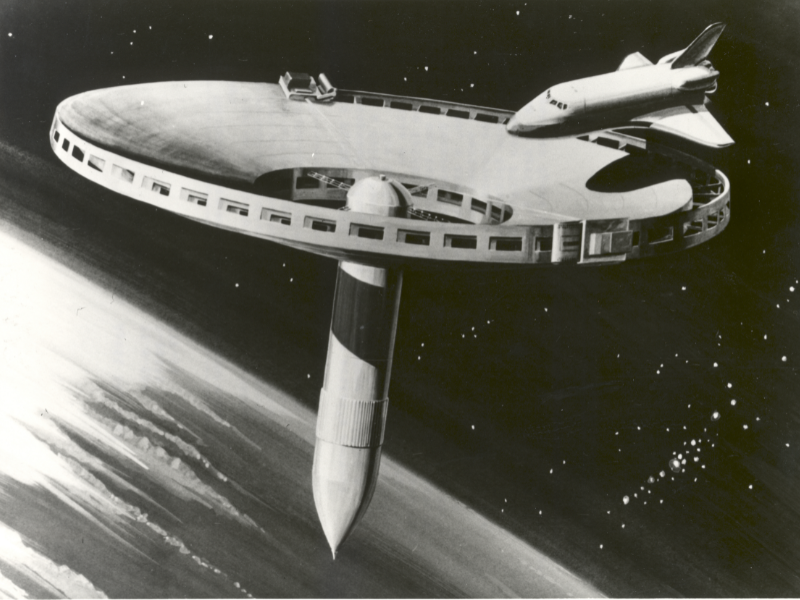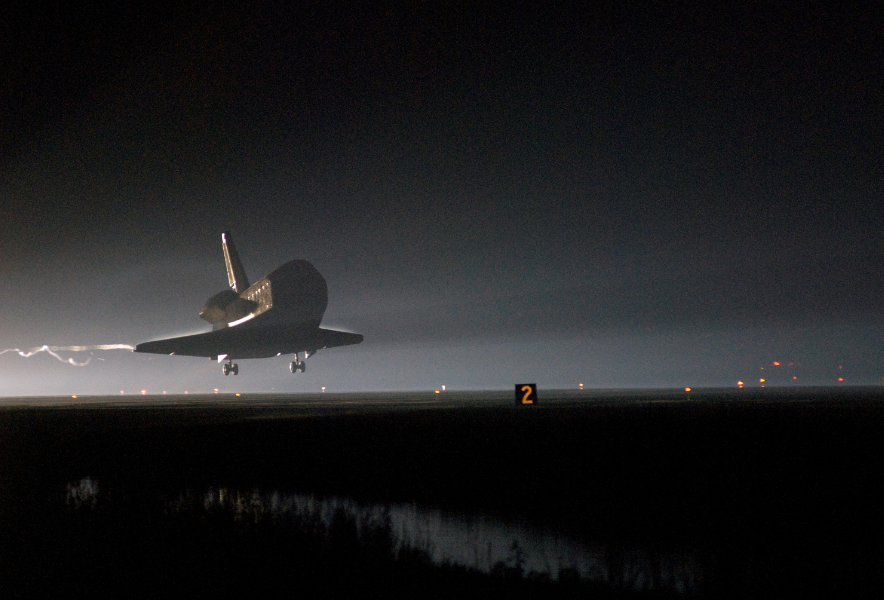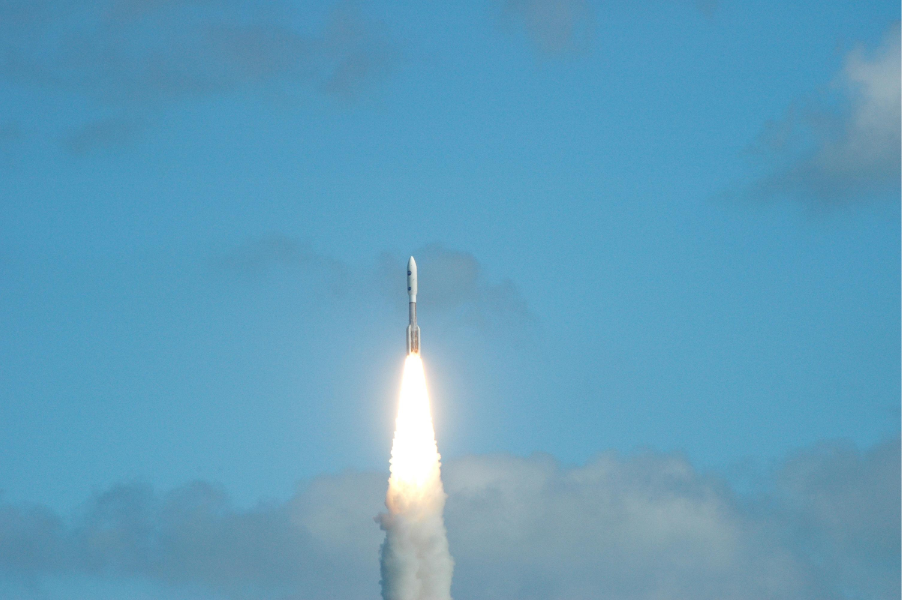The dream of flying from a regular airport runway straight into Earth’s orbit has long fascinated scientists, engineers, and space enthusiasts alike. Hypersonic spaceplanes are making that dream more real with every passing year. These cutting-edge vehicles are designed to bridge the gap between traditional aircraft and space-bound rockets, offering the speed of hypersonic flight and the flexibility of runway launches.
In this blog, we’ll explore how hypersonic spaceplanes work, the latest developments in this field, their potential uses, and the key players driving this innovation.
What Are Hypersonic Spaceplanes?

A hypersonic spaceplane is a vehicle that can take off like an airplane, reach hypersonic speeds (above Mach 5), and transition into space without requiring a vertical rocket launch.
These spaceplanes combine aerodynamic design with advanced propulsion systems to overcome Earth’s gravity and reach low Earth orbit (LEO). Unlike traditional rockets that rely on multi-stage systems and launch pads, hypersonic spaceplanes are envisioned to:
- Operate from existing airport runways
- Reach orbit in a single stage
- Land like a conventional airplane
- Enable rapid reuse
How Hypersonic Spaceplanes Work
The key to these futuristic vehicles lies in their propulsion systems. Some models rely on combined-cycle engines—jet engines that can operate in multiple modes. For instance, they might start as turbojets or ramjets and switch to rocket mode once out of the atmosphere.

These systems must withstand extreme temperatures due to air compression at hypersonic speeds, and therefore require:
- Heat-resistant materials such as carbon composites or ceramic tiles
- Lightweight airframes
- Precision aerodynamic control surfaces
- Hybrid propulsion systems (air-breathing and rocket)
Why Hypersonic Spaceplanes Could Be a Game-Changer
Hypersonic spaceplanes offer several potential benefits over traditional rockets and aircraft:

1. Lower Launch Costs
Launching satellites into orbit using reusable spaceplanes could drastically cut costs, especially compared to expendable rocket systems.
2. Faster Turnaround Times
Unlike rockets, spaceplanes can return, refuel, and relaunch from a runway within days—or even hours.
3. Point-to-Point Travel on Earth
Spaceplanes might enable ultra-fast transportation between cities—imagine flying from New York to Tokyo in under two hours.
4. Military and Security Applications
Quick deployment of satellites, surveillance missions, or even rapid cargo transport makes them highly valuable to defense agencies.
Ongoing Missions and Breakthrough Projects
Several government and private organizations are actively developing hypersonic spaceplane technology. Here are some of the most notable ones:
1. Skylon (UK)
Developed by Reaction Engines, the Skylon spaceplane features a SABRE (Synergetic Air-Breathing Rocket Engine) engine. It uses atmospheric oxygen in early flights, then switches to onboard fuel in space.
2. Boeing XS-1 / Phantom Express (USA)
Boeing, in partnership with DARPA, worked on Phantom Express—a reusable spaceplane intended to deliver satellites into LEO at lower costs. Although the program was discontinued, it laid critical groundwork.
3. China’s Tengyun Spaceplane
China's spaceplane program includes the Tengyun project, which aims to develop a two-stage-to-orbit vehicle that can launch small payloads to space.
4. US Air Force X-37B
Though not launched from a runway, the X-37B is an unmanned, reusable spaceplane that has completed multiple secretive missions. It demonstrates long-duration flight and landing capabilities.
Design Roadblocks on the Path to Hypersonic Flight
Despite the exciting potential, building and deploying spaceplanes is highly complex. Here are some major hurdles:
- Thermal Management: At hypersonic speeds, the vehicle faces temperatures above 1,000°C due to atmospheric friction.
- Engine Technology: Developing engines that work efficiently in multiple flight regimes (subsonic to orbital) is a huge challenge.
- Structural Integrity: Lightweight materials must be strong enough to handle high G-forces and thermal stress.
- Cost and Funding: These programs require billions of dollars in investment, with long testing phases and high risk.
Exploring the Market for Hypersonic Space Travel
Hypersonic spaceplanes are not just for government or defense use. Private companies are also eyeing commercial applications:
- Satellite Deployment: Regular and affordable access to orbit for small satellite operators
- Space Tourism: Future possibilities include spaceplane rides for tourists to experience zero gravity and Earth views
- Rapid Global Cargo: Companies could move high-value goods globally in under two hours
- Emergency Response: Governments could deploy aid, equipment, or personnel to remote areas almost instantly
The Business Side of Hypersonic Spaceflight
Private aerospace companies are accelerating innovation in this field. Names like Reaction Engines, SpaceX, Blue Origin, and Virgin Galactic are exploring or influencing hypersonic technologies.
- Reaction Engines (UK) is pioneering the SABRE engine
- SpaceX has influenced reusable thinking with Falcon 9 and Starship
- Virgin Galactic explores suborbital flights, with potential links to hypersonic development
Private funding, venture capital, and global partnerships are helping push the boundaries that were once only possible for governments.
From Concept to Reality: What’s Coming Next
As technology advances and more successful test flights are conducted, hypersonic spaceplanes are likely to become a significant part of future space infrastructure. Here’s what we might see next:
- Demonstration of single-stage-to-orbit prototypes
- Faster regulatory approvals for runway-based orbital flights
- Collaboration between defense agencies and private firms
- Increased focus on thermal protection and engine scalability
- Possible integration into global logistics and military frameworks
Conclusion:
The future of flights is being reshaped by hypersonic spaceplanes. These incredible vehicles promise to transform the way we access space, deploy satellites, and even travel across the globe.
While still in development, the progress made so far suggests that runway-to-orbit missions could soon become a routine part of space travel. With continued collaboration between governments, private companies, and researchers, hypersonic spaceplanes are not just a futuristic concept; they’re the next major leap in aviation and space exploration.








